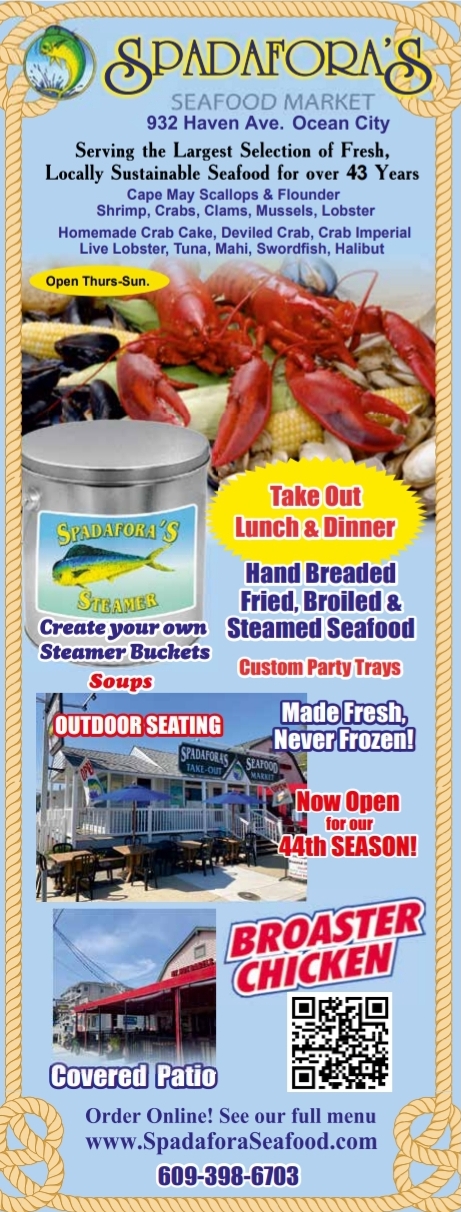By Heidi Clayton
One of my favorite breeds to train and to recommend to people who are looking for a loving, sweet, and devoted dog is the Cavalier King Charles Spaniel. You will not find a sweeter or happier little dog. They make great family pets and are highly adaptable to most lifestyles.
Dogs resembling the Cavalier have been depicted in paintings that are dated from as early as the year 1440, which are no doubt the predecessors of today’s dogs. They were often referred to as the “comforter spaniel” and were favored by royalty and nobility for their characteristics of providing warmth as a lap dog. The actual naming of the Cavalier came much later than they are depicted. The breed saw a surge in popularity during the reign of Queen Victoria, who had a Cavalier named Dash. Breeders of that era started breeding comforter spaniels with much shorter faces than those pictured during the reign of King Charles. The Queen Victoria-era dogs are now called the English Toy Spaniel. In the 1920s an American named Roswell Eldridge attended the famed Crufts Dog Show and offered a 25-pound reward to any spaniel breeder who could breed a dog that resembled those that were favored by King Charles. By 1928, a dog named “Ann’s Son” won the prize. The Cavalier King Charles Spaniel breed club was formed in England where the standard remains nearly the same today. The name Cavalier King Charles is certainly a nod to the king who in some reports preferred spending more time with his dogs than ruling. The use of the word cavalier is a nod to his supporters during the English Civil Wars.
Cavaliers came to America in 1952 and became a recognized AKC breed in 1996. The American King Charles Cavalier Club is going to great lengths to preserve these joyful little dogs and improve their health issues. They have a devoted web page on which reputable breeders who actively health test their breeding stock are listed. It is true that Cavaliers were known for having heart issues, but with the advent of color EKGs for dogs, great strides have been made to improve their hearts with responsible breeders getting the necessary testing done before breeding their dogs. Cavaliers should also be tested for luxating patellas, eye disorders, and hip dysplasia.
Cavaliers come in only four colors: Blenheim, which is a chestnut color on white background; tricolor, which is black with tan markings on a white background; black and tan; and the most recognizable color is ruby. There are no other colors, such as merle or spotted, in the cavalier. If you see someone advertising any other color, it is not a purebred Cavalier.
What I love most about the Cavaliers are their temperaments. They are happy-go-lucky little dogs who adapt easily to changes in lifestyle and are at their happiest when merely sitting with their owners. They are very biddable dogs that are easy to train and live with. Let me also be clear that I am talking about the purebred Cavalier King Charles Spaniel, not the mixed breeds that people refer to as the cav-a-poo. This mix is not one I recommend to anyone at all. I have not met one that is as sound in mind and body as the original Cavalier King Charles Spaniel. These are lovely little dogs that I fully endorse as becoming your next family pet.
If you have any questions, please feel free to email heidi@fouronthefloordogtraining.net.
Heidi Clayton started Four On the Floor Dog Training to provide positive, reward-based dog training in South Jersey. She breeds, trains and shows bull terriers under the SoraBully’s Bull Terriers kennel name. Email questions to heidi@fouronthefloordogtraining.net or learn more at https://fouronthefloordogtraining.net
















